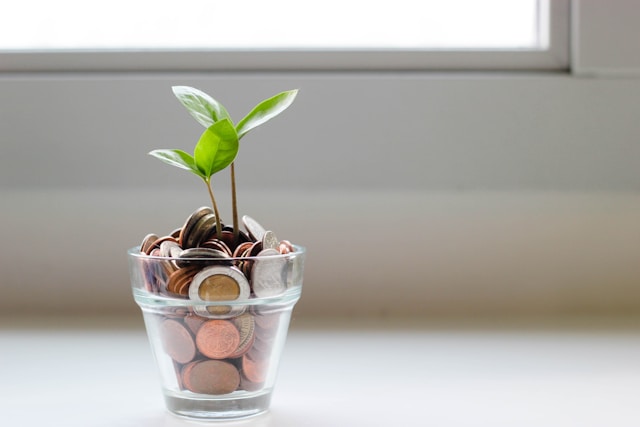A personal emergency fund is a stash of easily accessible cash that you should set aside to cover unexpected expenses. It’s a critical financial safety net that could really come in handy in the event of job loss, medical bills, home repairs, or any other unanticipated costs.
Without a personal emergency fund, you may find yourself relying on high-interest debt or dipping into retirement savings during tough times. Follow these seven tips to start building a robust emergency fund:
Tip 1: Bank Windfalls Strategically
When you receive a tax refund, bonus from work, contest winnings, etc., allocate a portion to instantly boost your emergency fund. Consider sending at least 50% of any windfalls directly to savings.
You can also check out a professional online tax return service to potentially maximize your refund amount. A tax professional can help you take advantage of all available deductions and credits so you can receive the largest refund possible.
Tip 2: Start Small, But Start Now
You don’t need thousands of dollars to kick off your emergency fund. Even setting aside $10 or $20 per paycheck is a great start. The key is developing the habit of regular saving. Once you’ve built some momentum, you can increase your contributions over time.
The key is to not wait until you have “extra” money to begin. Rather, make it a priority to save, no matter how small the amount.
Tip 3: Set A Specific Goal
While experts suggest aiming for 3-6 months’ worth of living expenses, pick a specific dollar target for your emergency fund. Having a clear, quantifiable goal makes it easier to track your progress and stay motivated. As you get closer, you can adjust your goal higher if desired.
Tip 4: Cut Costs Temporarily
Look for areas where you can temporarily reduce spending to free up more money for emergency savings.
Cut out discretionary costs like dining out, entertainment, memberships, and subscription services for a few months. Small sacrifices for a short period can give your fund a healthy jump start.
Tip 5: Pay Yourself First
Treat your personal emergency fund contributions as you would any other recurring bill. Set up an automatic transfer to move a fixed amount from your checking account to a dedicated savings account each pay period.
By making it one of your first “payments,” you ensure the money gets saved before you have a chance to spend it elsewhere.
Tip 6: Earn More, Save More
In addition to cutting expenses, look for ways to generate extra income streams like a side job, freelance work, or selling items you no longer use. Any money earned from these additional sources can be easily redirected straight to your emergency savings.
Tip 7: Keep It Liquid And Separate
Your emergency fund should be kept separate from other savings in a liquid, interest-bearing account that’s easily accessible. That way, you can tap into the money quickly when you truly need it.
Whatever you do, avoid investing emergency funds in riskier assets that may fluctuate in value. While these investments may seem lucrative at first, they can be unreliable when you need immediate access to cash.
Fund Your Future
Building a personal emergency fund is all about creating a firm financial foundation. Yes, hitting your full savings target takes dedication and patience, but even a small cushion can go a long way towards weathering life’s inevitable storms.
Start small, save consistently, and watch your safety net grow over time. Having cash reserves for a rainy day provides invaluable financial security and peace of mind.

